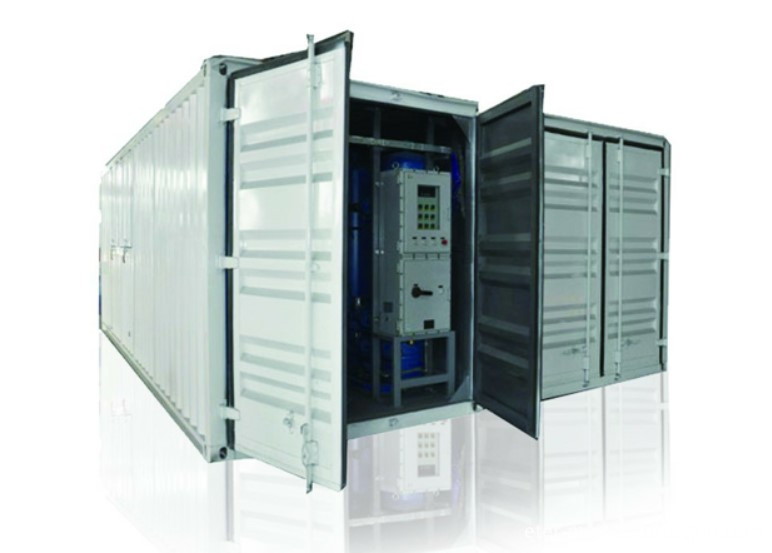The laying performance of laying ducks is constrained by many factors such as nutrition, temperature, humidity, light, and so on. In order to achieve high yields of laying ducks throughout the year, it is necessary to adopt appropriate technical measures in light of changes in the season. First, the spring feeding and management: 1? Feeding should be sufficient: the spring temperature from cold to warm, sunshine increases, beneficial to the production of eggs, should create a stable high-yield environment. Feed needs to meet the needs of ducks in terms of quantity and quality. The crude protein in the diet is 16% to 18%, and the metabolic energy is 11.29 to 11.70 MJ/kg. 2? Early management: In the early spring, the temperature is relatively low. The house should be kept dry and ventilated, clean and sanitary, and bedding replaced on a regular basis. Insufficient natural light, artificial light supplement 4 to 5 hours a day, to stimulate the development of duck gonads. 3? Guarantee green material supply: Green material can be sprinkled freely on the surface of the water during the day and put into the basket in the middle of the night in the middle of the duck house. Green material and fine material account for 50% each. When there is no green material, eggs can be added for multi-dimensional use. Prime instead, the effect is very good. 4 final management: At this time there is a rainy season, a little careless, prone to egg replacement hair. The duck house should be well-ventilated, be changed frequently and be kept dry, prevent the feed from becoming moldy, and regularly disinfect the duck house, feed trough, and drinking fountain. On sunny days, let the ducks move outside the house and touch the sun. Second, the summer feeding and management 1? Summer cooling: all the shed around the duck house, to strengthen the air flow, conditions can be installed ventilation equipment, reduce the temperature inside the house, to prevent heat stress. Adhere to the early release of ducks, late ducks, ducks do not catch ducks in the evening, night cool to 12 pm and then ducks into the house. Ensure that the ducks have sufficient water, preferably well water. 2. Feed more green grass such as grasses to increase the protein content of the concentrate: Keep the feed fresh and prevent deterioration. For ducks that produce large quantities of eggs and do not change their feathers in the spring, 1% to 2% of sesame or rapeseed oil and other oil crops may be added to the feed to increase the egg production rate in summer. 3. Evacuate the ducks properly to reduce the rearing density: Wash the duck and sports grounds frequently, and clean the basins and materials one time. 4. Try to reduce the stress response: Pay attention to the changes in the weather. Before the thunderstorm, you should catch ducks in time and open the lights to reduce the stress response. Third, the autumn feeding and management 9 to 10 months, is the key period of feeding ducks, both to maintain more than 80% egg production rate, but also the risk of a sharp decline. Management attention: (1) to add artificial lighting, to maintain daily light for 16 hours. (2) Overcome the impact of climate change, especially prepare for the arrival of cold air, and try to minimize the change in the microclimate within the home. (3) Properly increase nutrition and supplement animal protein feed. (4) Select one duck group to separate ducks that have stopped egg production, or eliminate them early, or force moulting. Fourth, the winter feeding and management (1) increase the level of metabolic energy in feed, the general requirements to reach 12.12 ~ 12.54 MJ / kg, crude protein is 20% to 22%. Green feed or multi-dimensional egg to ensure normal supply. (2) cold insulation. The duck house is surrounded with cold grass curtains to prevent thieves from becoming windy. During the winter season, the bedding material is not changed and kept dry to help increase the temperature. (3) Early in the morning, the ducks should be released late in the morning, early in the evening, the ducks should be turned off, and there should be less water. When the temperature is high in the morning and afternoon, the ducks are allowed to put in water once every 10 minutes. Before ducks are released, ducks are 5 to 10 minutes in the house. (4) Artificially supplement the light, the daily light time is maintained at 16 hours. (5) Increase the breeding density per unit area, preferably 8 to 9 feathers per square meter. In addition, ducks are best fed warm water.
Containerized Oxygen Generator
ETR can combine all parts of the oxygen generation system into a customized container, including air compressor, refrigerate air dryer, filters, buffer tanks and Oxygen Generator. Even the optional oxygen booster and cylinder filling station.
Compressed air is purified through the air dryer and filters to a certain level for main plant to work with. Air buffer is incorporated for smooth supply of compressed air thus to reduce fluctuation of compressed air source. The plant produces oxygen with PSA (pressure swing adsorption) technology, which is a time proven oxygen generation method. Oxygen of desired purity at 93%±3% is delivered to oxygen buffer tank for smooth supply of product gas. Oxygen in buffer tank is maintained at 4bar pressure.
Containerized Oxygen Generator
Containerized Oxygen Generator,Containerized Oxygen Plant,Oxygen Machine ,Hospital Oxygen Plant
Hunan Eter Medical Co., Ltd. , https://www.eter-tech.com
